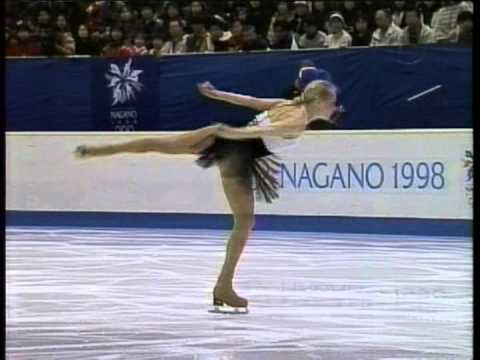Sylvia
Flight #5342: I Will Remember You
- Messages
- 84,278
Levels of Difficulty and Guidelines for marking Grade of Execution and Program Components Season 2023/24 (April 26, 2023; 13 pages): https://www.isu.org/inside-isu/isu-communications/communications/31153-isu-communication-2558/file
This replaces Communication No. 2474.
I. Updated Levels of Difficulty of Single/Pair Skating Elements (season 2023/24)
II. Updated Guidelines for marking +GOE of Single/Pair Skating Elements (positive aspects)
III. Updated Guidelines in establishing GOE for errors in Short Program and Free Skating
IV. Changes and clarifications for GOE and Program Components for season 2023/24
Additional remarks for technical elements and features are found in Technical Panel Handbooks for Single Skating and Pair Skating. (Not yet available - will be published here: https://www.isu.org/figure-skating/rules/sandp-handbooks-faq)
This replaces Communication No. 2474.
I. Updated Levels of Difficulty of Single/Pair Skating Elements (season 2023/24)
II. Updated Guidelines for marking +GOE of Single/Pair Skating Elements (positive aspects)
III. Updated Guidelines in establishing GOE for errors in Short Program and Free Skating
IV. Changes and clarifications for GOE and Program Components for season 2023/24
Additional remarks for technical elements and features are found in Technical Panel Handbooks for Single Skating and Pair Skating. (Not yet available - will be published here: https://www.isu.org/figure-skating/rules/sandp-handbooks-faq)
Last edited:


